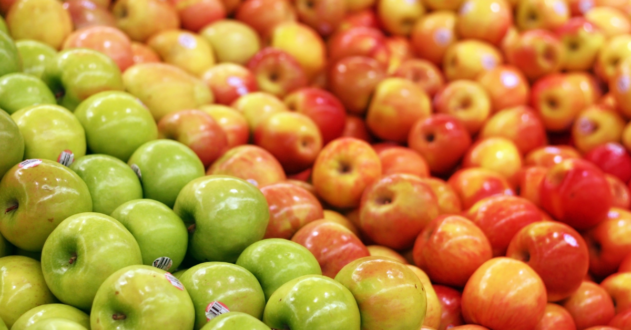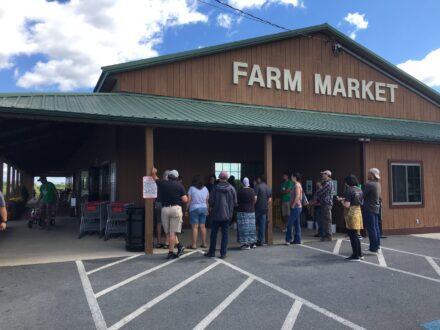
Sep 4, 2024Understanding your market’s shoppers
Gathering customer data is vital for retail farm markets. It helps to understand customer preferences, enhance service offerings and refine marketing strategies to improve the customer experience.
But what are the most effective data collection methods for your market?

It largely depends on what you want to know. Markets often have numerous questions they’d like to ask their customers. However, an extensive list of questions might discourage customers from participating in any survey. It’s best to limit your questions to three or four to ensure higher participation and gather more usable data.
Market assessment
For instance, in a market assessment I conduct for farmers markets, I only ask four multiple-choice questions:
- How often do you shop at the market?
- What do you purchase? (multiple answers)
- How much do you spend?
- What is your age? (range 20-30, 31-40, etc.)

The survey results, combined with customer counts, provide valuable economic data. Markets can use this data to understand their economic impact on the community and make informed decisions about vendor makeup and market improvements. Retail farm markets might want to ask questions about customer satisfaction, product preferences, demographic information and suggestions for improvement.
Maximize participation
To maximize participation, consider using multiple implementation points to distribute the survey.
In-Store surveys
- Place survey forms at checkout counters or include them with purchase receipts. Offer incentives like discounts or small freebies for participation.
Email surveys
- Send surveys to customers who have subscribed to your newsletter or provided their email addresses.
Online surveys
- Use tools like Google Forms, SurveyMonkey or Typeform to create and distribute surveys through social media, websites and email campaigns.
Social media platforms
Social media platforms are powerful tools for engaging with customers and collecting data. You can use features like Instagram Stories, Twitter polls and Facebook questions to gather quick feedback.
![]()
Hosting contests and giveaways that require participants to like, comment or share content can increase engagement and provide insights into customer interests. Monitoring and analyzing comments, direct messages and interactions can help understand customer sentiment and preferences.
POS data
Don’t overlook the data your point of sale (POS) system can provide. Depending on the POS system, you can examine purchase histories, product preferences and transaction frequency.
 Most importantly, what will you do with the data you collect? Let your customers know what you’re doing and why, and be sure to share the results and how you plan to use the information they shared with you.
Most importantly, what will you do with the data you collect? Let your customers know what you’re doing and why, and be sure to share the results and how you plan to use the information they shared with you.
Collecting customer information and data is essential for retail farm markets to tailor offerings, enhance customer satisfaction and drive business growth. By implementing a combination of these methods, farm markets can gain a comprehensive understanding of their customers and make data-driven decisions.
Witten by Brian Moyer

Brian Moyer is an educational program associate with Penn State Extension. As founder of PA Farm Markets LLC and founder and manager of the Skippack Farmers Market, Moyer specializes in assisting farmers markets, retail farm markets, direct-to-consumer sales, and new and beginning farmers with marketing, business and regulatory issues.

















